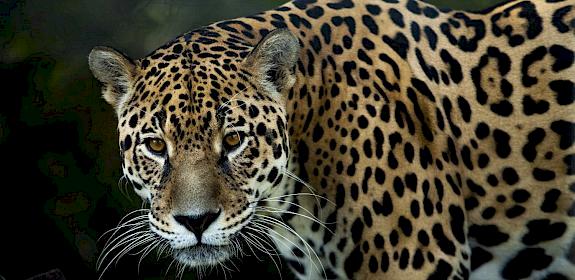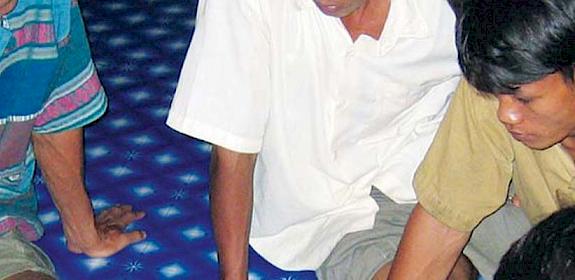
Trading goods in Cambodia
- »
- Publications »
- Reports »
- Trade in natural resources in Stung Treng Province, Cambodia: An assessment of the wildlife trade
Published 24 August 2007
Trading goods in Cambodia
Cambridge, UK, 24 August 2007—A report recently launched by TRAFFIC reveals the critical importance of the trade in natural resources for rural livelihoods in Cambodia.
Trade in natural resources in Stung Treng Province, Cambodia: An assessment of the wildlife trade
Report author(s):
S. Singh, R. Boonratana, M. Bezuijen, S. Ko
Publication date:
August 2007
key findings
“We asked local people about the kinds of natural resources they traded, what trade routes they used, how the trade varies over time and how important it is in meeting their subsistence needs,” said Sulma Warne, Co-ordinator of TRAFFIC’s work in the Greater Mekong sub-region.
Local people from seven villages and 9 camps in Stung Treng province, Cambodia, were asked about the fish, other wildlife and non-timber forest products (NTFPs) they use. Information was also gathered from local markets.
In the region, fish was regarded as the most important natural resource. Monitor lizards and turtles were also traded in significant amounts, though these were reported by villagers to be declining particularly in Stung Treng.
“Easier access for people is generating greater pressure on natural resources,” Sulma Warne, TRAFFIC
In Cambodia, 12 globally threatened, and 22 CITES-listed species were observed in trade. They ranged from animals such as the Red-shanked Douc (Endangered, CITES Appendix I) to reptiles like the Elongated Tortoise (Endangered, CITES Appendix II) to the Giant Barb, a fish species listed in CITES Appendix I.
Rapid economic development in Cambodia has led to increasing affluence, which is fuelling the demand for an ever-diminishing supply of natural resources. The greatest threat to wildlife, however, results from improved access. This follows major road and bridge construction in Stung making previously inaccessible sites now much easier to reach, and wild plants and animals easier to extract and transport.
“Easier access for people is generating greater pressure on natural resources,” said Warne.
“The volume and diversity of natural resources on offer have all recently increased.”
“Provincial authorities are trying to regulate the wildlife trade...but further action is needed."
Local laws and management practices regarding wildlife trade were examined, and revealed official perceptions of the trade vastly underestimate its extent and hence its significance for both local livelihoods and biodiversity conservation.
“Provincial authorities are trying to regulate the wildlife trade by establishing checkpoints at border crossings and other measures, but further action is needed to control the activities of outsiders and to manage both regions’ natural resources for the long-term benefit of local people,” said Warne.
Trade in Natural Resources in Stung Treng Province, Cambodia was published as part of the IUCN-The World Conservation Union’s livelihood initiative, within the Mekong River Basin Wetland Biodiversity Conservation and Sustainable Use Programme (MWBP).
12
globally threatened observed in trade
22
CITES-listed species were observed in trade
90%
of poor households reside in rural areas in Cambodia



